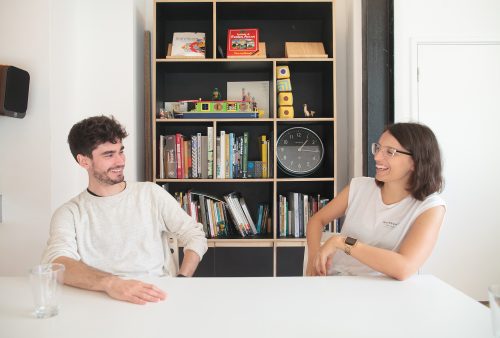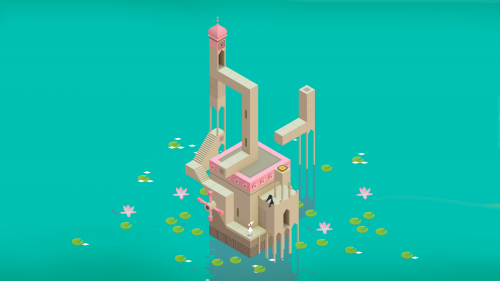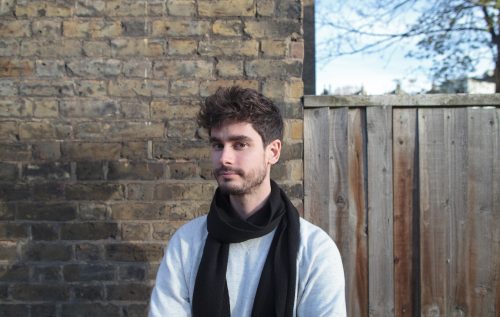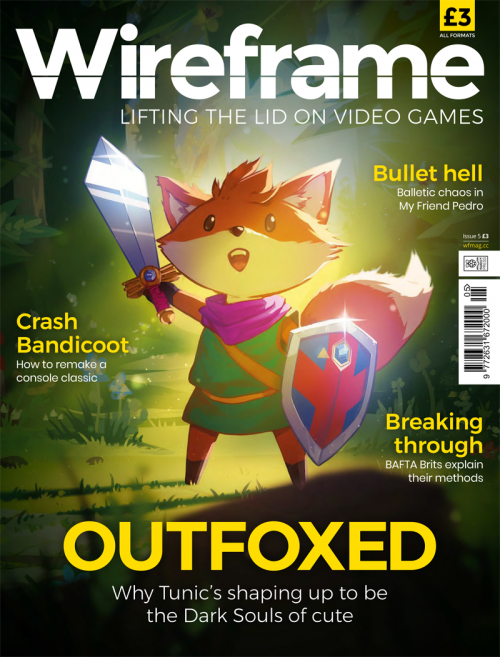BAFTA-recognised developers Adrienne Law and Harry Nesbitt share their thoughts on making games, work-life balance, and more in this excerpt from Wireframe issue 5, available from today.

It’s certainly ‘woollies and scarf’ weather now, but the low-hanging sun provides a beautiful backdrop as Adrienne and Harry make their daily short walk from home to the ustwo games office. In late 2018, Adrienne Law and Harry Nesbitt were both recognised by BAFTA as Breakthrough Brits: an award given by BAFTA to new and emerging talent across a variety of art and entertainment industries. But that’s not the only thing they have in common — Adrienne and Harry work in the same office and are even housemates.

Monument Valley 2
Adrienne is a producer at ustwo games, most recently on the acclaimed puzzler Monument Valley 2. Harry doesn’t work for ustwo, but he’s a regular fixture there, taking a spare desk to work as the lead developer and artist for Alto’s Adventure and its sequel, Alto’s Odyssey.

Alto’s Odyssey
As two professionals early in their careers in an ever-evolving industry, Adrienne and Harry find themselves with much in common, but the routes that led them to working and living together were very different. The pair agreed to take an hour out of their work schedules to speak to Wireframe, and to each other, about their personal experiences of game development, how it feels to release a game, work-life balance, and the potential of games to affect and enrich lives.

Adrienne Law: My route into the games industry was semi-accidental. I played games a lot when I was a kid but didn’t know there was an industry as such to go and work in. I did an English degree thinking that might possibly set me up for going into some kind of creative, story-driven field, which was what interested me. After that, I spent a few years working different jobs — I was a teaching assistant, I worked in finance, retail, marketing, and was circling around trying to get into film and TV industries.
Eventually, I got to the point where I went onto job sites and searched for “production assistant” and that’s where I found a production assistant role going at ustwo games. I thought, “Oh! Production is a thing in games! I didn’t know that.” I decided to just go for it. I ended up having a few interviews with ustwo — I think they were worried because I was quite quiet, and they weren’t sure how much I would step into the role — but they let me through the door and gave me a chance. I’ve been here ever since. I never set out to be in the games industry, but I think I’d been gaining a lot of skills and had an awareness of the medium, so those things combined into making me a good candidate for the role.
I went to an all girls’ school that specialised in maths and science, so there was no reason that I would have thought I couldn’t work in tech, but the school didn’t push the idea of working in tech and coding. I think if I had been aware of it from a younger age, I would have been a programmer.

Harry Nesbitt: I’ve always thought about working in games. From a young age, I had an interest in how games were made from an artistic standpoint. I would always look up who was responsible for the concept art. Concept art as a job was something I was aware of from a very young age.
Around 2006, when I started at university, indie games weren’t in the mainstream, and making games in your own bedroom wasn’t as popular an idea. When I discovered Unity, I thought “Oh, I can download this for free, and I can learn all the basics online.” I saw examples of illustrators who were downloading it and making cool, interesting little projects — almost like little art pieces — bringing their illustrations to life. It made me realise I could have a play with that. My knowledge of the basics of JavaScript and web development helped me pick up the coding side of things a little bit more easily.
When it came to making Alto’s Adventure, I knew a little bit of Unity and had been playing with it for about 12 months, so I realised I could at least be playing around with it, seeing what’s possible and using it as a way to demonstrate certain ideas.
Within a very short space of time, less than a week maybe, I’d been able to put together a basic prototype of the core systems, such as the terrain generation, basic player physics, even some effects such as particles and Alto’s scarf. It took another year and a half from there to get it finished, but online resources gave me what I needed to eventually get the game made. It’s not necessarily an experience I’d want to repeat though!
You can read the rest of this fantastic feature in Wireframe issue 5, out today, 17 January, in Tesco, WHSmith, and all good independent UK newsagents.
Or you can buy Wireframe directly from us — worldwide delivery is available. And if you’d like to own a handy digital version of the magazine, you can also download a free PDF.

The cutest Wireframe cover to date!
Make sure to follow Wireframe on Twitter and Facebook for updates and exclusives, and for subscriptions, visit the Wireframe website to save 49% compared to newsstand pricing!
Website: LINK
